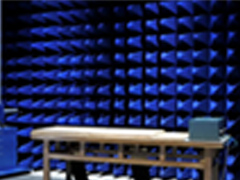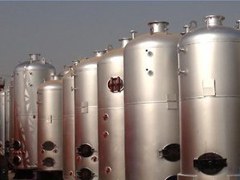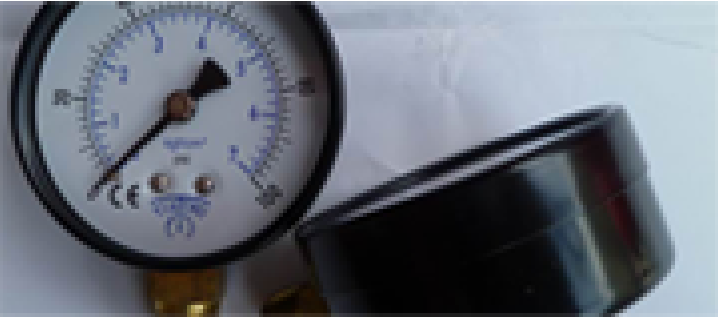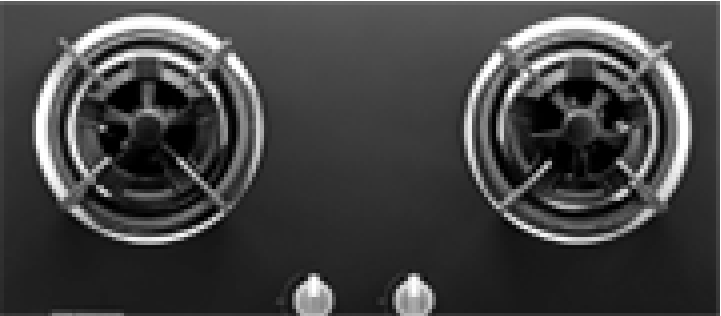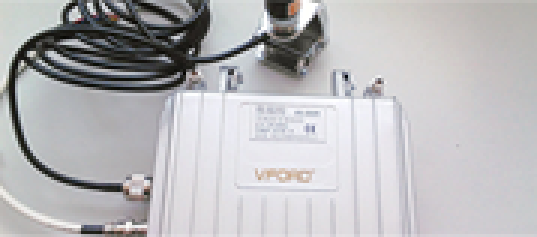Medical device products to successfully pass the CE certification , need to do three aspects of work.
First, collect European Union technical regulations and European Union (EN) standards related to certified products, through digestion, absorption, and incorporation into enterprise product standards.
Second, enterprises in strict accordance with the above product standards to organize production, that is, the requirements of the above technical regulations and EN standards, implemented into the whole process of product design and development and manufacturing.
Third, the enterprise must build and maintain the quality system according to ISO9000+ISO13485 standards, and obtain ISO9000+ISO13485 certification.
EU technical regulations and EN standards for CE certification of medical devices
For the 18 types of industrial product directives issued by the EU at present, from the structure of these directives, they can be divided into vertical directives and horizontal directives. Vertical instructions are for specific products, such as medical device instructions; The horizontal directive applies to various product lines, such as the Electromagnetic Compatibility Directive, which applies to all electrical and electronic component products.
For medical devices, there are fourteenth, first and fifth directives applicable, namely: 93/42/EEC Medical Devices Directive, 73/23/EEC Low Voltage (LVD) Directive 89/336/EEC Electromagnetic Compatibility (EMC) Directive.
The EU standards supporting these directives are:
(1) EN60601-1 Medical electrical equipment Part 1: General safety requirements;
(2) EN60601-1-1 Medical electrical equipment Part 1: General safety requirements and Amendment No. 1;
(3) EN60601-2-11 Medical electrical equipment Part 2: γ Specific safety requirements for beam therapy equipment;
(4) EN60601-1-2 Medical electrical equipment Part 1: General requirements for Safety Section 1.2 Parallel standard Electromagnetic compatibility — — Requirements and tests. Among them, (1), (2) and (3) standards are the basis for Gamma knife low voltage (LVD) testing: (4) standards are the basis for gamma knife electromagnetic compatibility (EMC) testing.
Medical Device CE certification procedures, contents
The European Union divides medical device products into four categories, namely: Class I, Class II a, Class II b, and Class III. Class I products should be affixed with the CE mark, which can be declared by itself. That is, the manufacturer prepares the technical document file of the product, and tests the product according to the relevant EN standards by itself or commissions a capable laboratory to test. Class Ⅱa, Class Ⅱb, and Class III products to be affixed with the CE mark must be verified by a certification body designated by the European Union. The EU also stipulates that the prerequisite for these types of products to obtain CE certification is that the manufacturer must be able to pass the ISO9000+ISO13485 quality system certification, obtain the ISO9000+ISO13485 quality system certification certificate, and the issuing unit of the certificate should be a certification body recognized by the EU. ISO9000+ISO13485 quality system certification and CE certification can be carried out at the same time, but the CE certificate must be issued after the ISO9000+ISO13485 quality system certification is passed.
In accordance with the EU medical device CE certification procedures and contents are as follows:
1) The enterprise submits an application for certification to the certification body, and fills in the certification inquiry and submits it to the certification body;
2) The certification body submits a quotation to the enterprise applying for certification, and the enterprise signs and confirms the contract;
3) The enterprise shall submit ISO9000+ISO13485 quality system documents, namely quality manual and procedure documents, to the certification body for system document review; Before the quality system audit, the enterprise should have at least three months of quality system operation records, and complete 1-2 internal quality system audits.
4) The certification body issues a certification product test notice to the laboratory recognized by the certification body, and the laboratory will conduct low voltage (LVD) test and electromagnetic compatibility (EMC) test on the products applied for certification. If there is no qualification in the test, the enterprise will change and re-test until the test is qualified. After the test, the laboratory will issue the test report.
5) The enterprise prepares the technical document file for the certification product (referred to as TCF file). The above test report is also one of the contents of TCF documents. The TCF document is an important document submitted by the manufacturer applying for CE certification to the CE certification body, and it is an important basis for the certification body to review and issue the certificate. All TCF documents must be prepared in English. The TCF file includes seven aspects: ① introduction :② specification description of the product; ③ The main file content of the design; ④ Risk analysis and assessment; (5) Test report and clinical diagnosis data; ⑥ Control of document design; ⑦ Declaration of product application.
6) The certification body shall conduct the preliminary review of the enterprise's ISO9000+ISO13485 quality system and TCF documents. After the initial audit, the certification body will point out the problems existing in the quality system and TCF documents, and the enterprise should improve the quality system and TCF documents accordingly.
7) The certification body conducts formal audit of the enterprise's ISO9000+ISO13485 quality system and TCF documents.
8) After the formal audit is passed, the certification body will sign a framework agreement with the enterprise to clarify the principles that the parties should follow after obtaining the CE certificate and the scope of product use of the CE mark, as well as the handling of complaints. Then issued ISO9000+ISO13485 quality system certification and CE mark certificate.
Generally speaking, it takes about half a year to a year from the time an enterprise applies for certification to the time when the certification body issues the certificate.
Validity of the CE mark
The product has obtained CE certification, you can post the CE mark, but only the products described in the TCF submitted when applying for certification, affixed with the CE mark means that the product can enter the EU market and require the product to obtain CE certification to enter the region of the countries and regions. CE certification is valid for five years. The CE certificate we obtained this time is because the TCF file submitted is the information of the first generation of head gamma knife, so the CE mark can only be affixed to the first generation of head gamma knife. If there are major changes to the head gamma knife, the changed documents must be submitted to the CE certification body for re-certification, otherwise the CE mark cannot be affixed.
Introduction and Classification of medical devices
Introduction
Active Implantable Medical Device (AIMD90/385/EEC)
Any active medical device that is surgically or medically implanted in whole or in part, or inserted and placed in the natural orifices of the human body.
Medical Equipment (MDD93/42/EEC)
Any instrument, equipment, device, material, or other article designed by the manufacturer for use on the human body, alone or in combination, including software necessary to achieve the following:
· Diagnose, prevent, track, treat, Reduce disease
· Diagnose, follow up, treat or repair injuries or impairments
· Investigation, replacement, or modification of anatomical or physiological processes
· Birth control
These devices should not have pharmacological, immune, or metabolic effects, but may have complementary functions.
In Vitro Diagnostic Medical Equipment (IVDD98/79/EC)
Any reagent, reagent product, corrector, control material, kit, instrument, apparatus, device, or system designed by the manufacturer, alone or in combination, to provide only or primarily samples, including blood and tissue, human derivatives, and in vitro test data such as:
- Physiological or pathological status
- Congenital abnormalities - Safety and compatibility with patient receptors
- Measures to track treatment
The container of the specimen, whether or not it is in vacuum form, is deemed to be an in vitro diagnostic medical device, especially if it is used as a specimen from the human body for the purpose of in vitro diagnostic tests.
For medical products specified in the MDD Directive, the designated authority is required to participate in the conformity assessment process. The designated authority must meet the requirements of Appendix 11 of the MDD.
Rhine has been accredited as a qualified designated authority in the European Union, meeting the requirements of Appendix 11 of the MDD.
Classification of Medical devices
Appendix 9 of the Medical Devices Directive classifies medical devices into 18 rules. Manufacturers need to classify products according to their use:
Rule 1to4 Non-Invasive Medical Devices
Rule 5to8 Invasive Medical Devices
Rule 9to12 Further Planning of Active Medical Devices
Rules 13to18 Special Rules
In accordance with the above provisions, the patient's or user's medical device risk and conformity assessment procedures may be determined accordingly. The higher the risk, the more rigorous the compliance assessment process.


